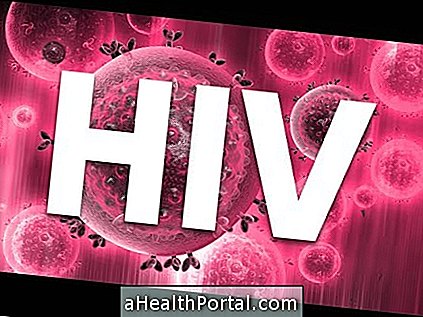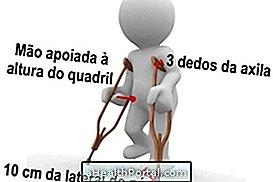The first symptoms of dengue include high fever and general malaise, which appear about 3 days after the Aedes Aegypti mosquito bite .
Knowing the evolution of the disease is important not to confuse this with other diseases like influenza, cold, malaria or meningitis, for example, starting the appropriate treatment quickly.
Main symptoms
If you think you may have dengue, signal your symptoms:
- 1. Fever above 39º C Yes No
- 2. Nausea or vomiting Yes No
- 3. Constant headache Yes No
- 4. Pain in the back of the eyes Yes No
- 5. Red patches on the skin, all over the body Yes No
- 6. Excessive tiredness for no apparent reason Yes No
- 7. Pain in joints and bones Yes No
- 8. Bleeding through the nose, eyes, or gums Yes No
- 9. Pink, red or brown urine Yes No

In case of suspicion one should drink plenty of fluids and go to the doctor to confirm the disease. In this case, the only drug that can be taken is Paracetamol to relieve pain and fever. See a list of medicines that can not be used because they increase the risk of bleeding.
Specific symptoms of classical dengue fever
The symptoms of classical dengue are similar to those of Zika, but are usually more intense and last for about 7 to 15 days, while Zika usually goes away within 1 week. However, in any case, it is important to go to the doctor to make the proper diagnosis of the disease and give directions of the treatment to be followed.

Here are the classic dengue symptoms and what to do to relieve each one:
1. High fever
The high fever has a sudden onset and the body temperature is around 39 to 40ºC. Fever means that the body is beginning to fight the virus through the production of antibodies, so it is important to start the rest so that the body's energies are concentrated on killing the virus.
How to relieve: Medications that control fever such as paracetamol, preferably prescribed by the doctor, should be used to put feverish cloths on the forehead, neck and armpits or to take slightly cool baths to help lower body temperature.
2. Nausea and vomiting
Nausea and vomiting occur due to the general malaise caused by the disease, which also causes lack of appetite and nausea at strong odors.
How to relieve: You should consume only small amounts of food at a time, avoiding foods that are too hot or too cold, as they worsen the malaise. In addition, foods that are easy to chew and digest should be preferred, avoiding salt, pepper and seasoning in general.
3. Headache and deep in the eyes
Headache usually affects the eye region and tends to worsen with the movement and strain of the eyes.
How to relieve: Take pain medicines, such as paracetamol, put warm water compresses on your forehead or take ginger tea, fennel, lavender or chamomile.
4. Red spots on the skin
The red spots are similar to measles spots, but they appear mainly in the region of the thorax and in the arms. The disease can be confirmed through the loop test,
At the clinic, the lacing test can differentiate the symptoms of dengue and Zika, because in dengue there is the formation of more red spots in the area evaluated by the doctor.
5. Malaise and extreme tiredness
Due to the fight to fight the virus, the body spends more energy and causes the sensation of extreme tiredness. In addition, as the patient usually feeds poorly during illness, the body becomes even weaker and weaker.
How to relieve: You should rest as much as possible, drink plenty of water to make it easier to eliminate the virus and avoid going to work, class or doing activities that require efforts at home.
6. Abdominal, bone, and joint pain
Abdominal pain occurs mainly in children, while pain in bones and joints usually affects all patients. In addition to pain, the affected region may also become slightly swollen and reddish.
How to relieve: Use medications like Paracetamol and Dipirone to relieve pain and put cold compresses on the area to help dislodge the joints.
Specific symptoms of hemorrhagic dengue
Symptoms may appear up to 3 days after the symptoms of classical dengue fever and include:

Besides these symptoms, in some cases, it is also possible to appear other signs such as wet, pale and cold skin, as well as lower blood pressure.
What to do if you suspect dengue hemorrhagic fever: You should immediately go to the hospital to receive proper care because this is a serious situation that can lead to death if not properly treated within the hospital.
How is the treatment done?
The treatment of dengue is made with analgesics and antipyretics, under medical guidance, such as Paracetamol and Dipirone to relieve symptoms. You should not take any acetylsalicylic acid medicine, such as aspirin or ASA, because they can cause bleeding. To complete the treatment, rest and fluid intake is also recommended, but the treatment of dengue hemorrhagic fever should be done in a hospital setting, with the use of medicines and transfusion of platelets. See other tips for recovering faster after the Aedes aegypti mosquito bite.
However, in more severe cases hospitalization may be necessary because dengue can cause other diseases that can cause severe dehydration, liver, blood, heart or respiratory problems, for example. See which 5 Diseases can be Caused by Dengue.
Symptoms of dengue in babies
In infants and children it may be more difficult to differentiate this disease from other common infections, so if the baby has sudden high fever should be taken to the nearest health clinic or pediatrician, so that he can request a blood test and indicate the treatment that may include taking Paracetamol or Dipyrone.
Symptoms in babies may be:
- High fever of 39 or 40ºC;
- Prostration or irritability;
- Lack of appetite;
- Diarrhea and vomiting.
What to do if you suspect your baby is sick: You should take your baby to the pediatrician, health clinic or Emergency Care Unit (UPA) to have the condition diagnosed by a doctor.
Generally, the treatment is done at home, offering many fluids to the baby or child, such as water, tea and juices. In addition, it is important to provide an easily digestible diet such as cooked vegetables and fruits, and cooked chicken or fish. However, the child may also have no symptoms, making it difficult to diagnose. Learn how to know if your child has dengue.
Learn all you can do to avoid being bitten by Aedes Aegypti:

To know the difference, see the symptoms of the flu.
To avoid and prevent dengue it is very important to flip all bottles with their mouths down, put dirt in the dishes of the plants or keep the yard without pools of still water, since these are great environments for the development of mosquito larvae. Learn more at Learn How Dengue Transmission is Made.
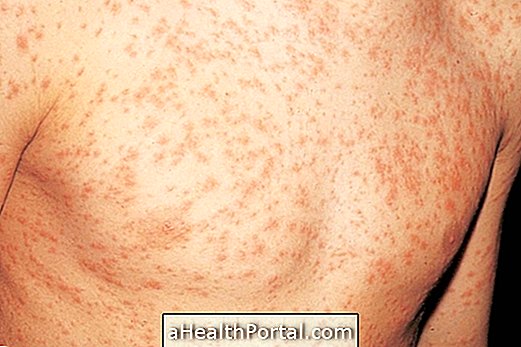
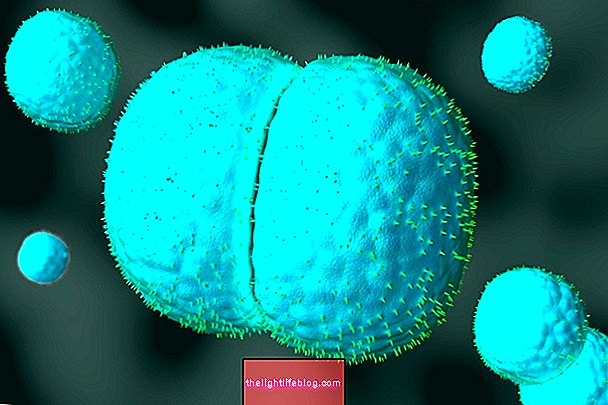


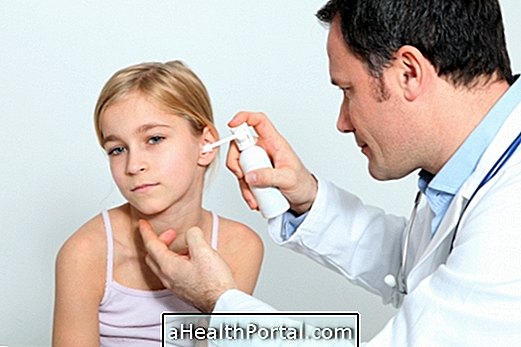
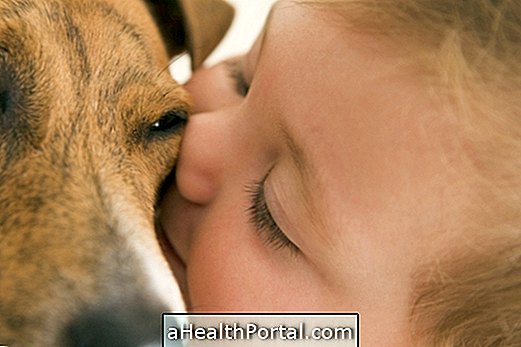

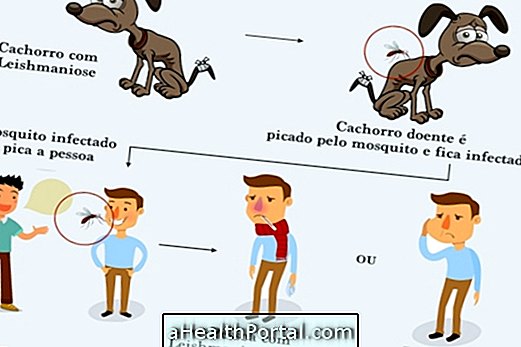
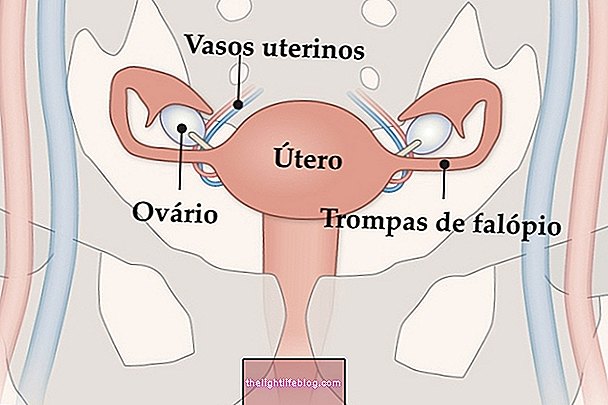
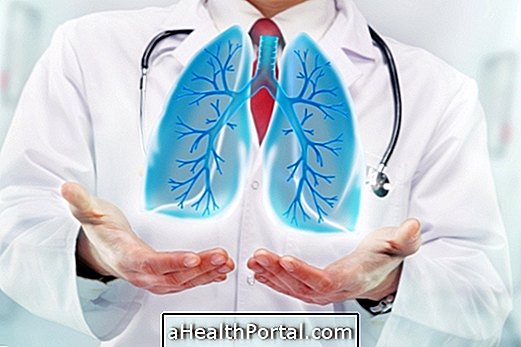
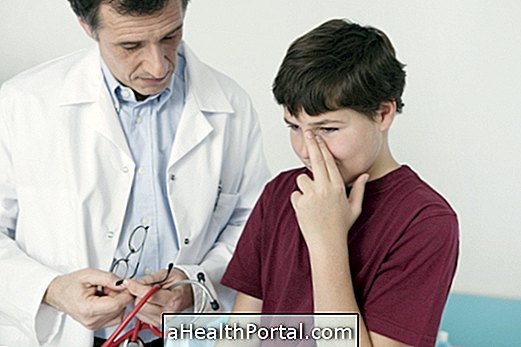


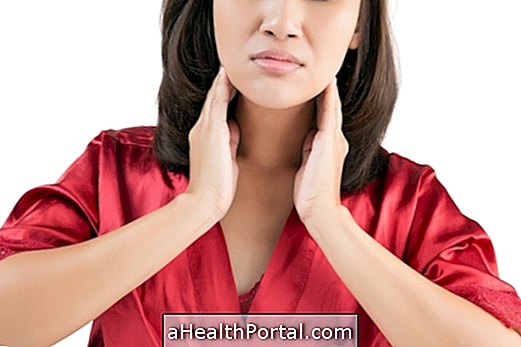



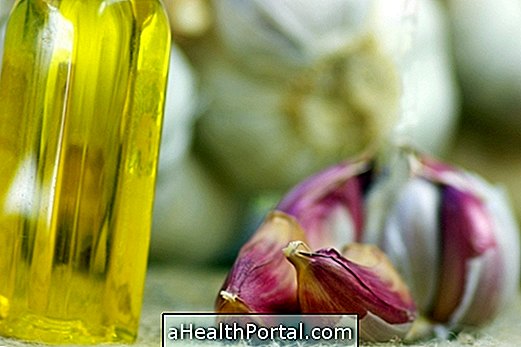
-o-que--causas-e-tratamento.jpg)
